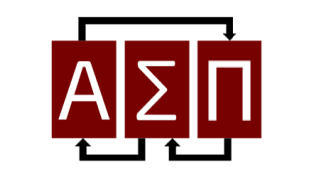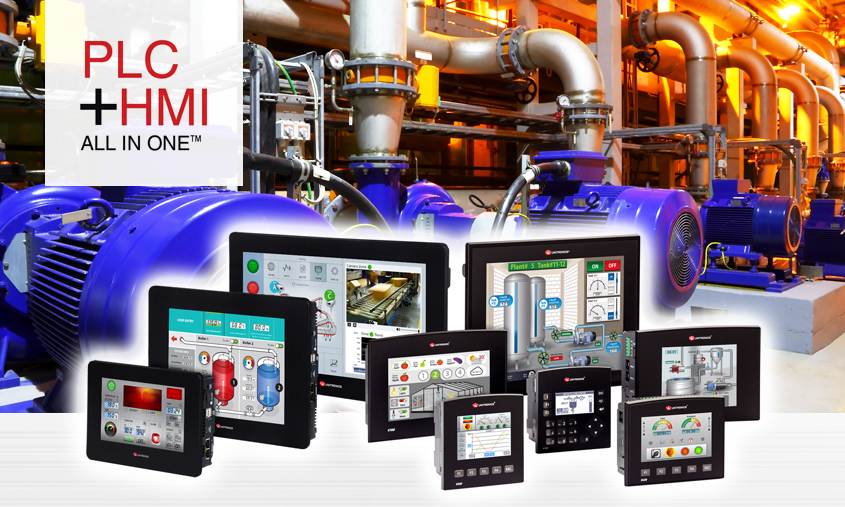The laboratory of simulation (software) modeling of automated technological complexes is intended for simulation modeling of heat-energy cyber-physical systems (cyber-energy systems). The laboratory performs laboratory works on automation of technological processes, programming of controller and supervisory functionality of automated control systems. The laboratory is used by students and graduate students to research and develop systems for automation of technological processes and production in energy and industry in the process of working on course projects, bachelor’s theses, master’s theses, PhD’s theses.
Automated technological complex (ATC) consists of a technological control object (TCO) and an automated control system (ACS). Heat-energy ATC is a heat-energy cyber-physical system (cyber-energy system).
Simulation modeling of ATC is a software and hardware modeling of the controller and supervisory functionality of the ACS using software (not physical and not mathematical) models (digital twins) of TCO. Functional simulation modeling of a dynamic system – simulation modeling of dynamic system functions. Structural simulation modeling of a dynamic system – modeling the interaction of structural parts of a dynamic system. Simulation modeling of ATC is an effective tool for checking the performance and debugging of ACS in the absence of access to real physical TCO and the inability to calculate the dynamics of automatic control systems using complex mathematical models of TCO. Simulation modeling of ATC is used at the stages of design (development and programming), implementation, replication and modernization of ACS.
TCO is modeled either in the system of computer mathematics (SCM), or directly in the PLC. Implementation of human-machine interface (HMI) – external SCADA-system or HMI-panel of the PLC. Implementation of a PLC – a hardPLC (real physical PLC) or a softPLC (software implemented in a computer PLC).
There are simulation SIL-modeling of ATC (Software-In-the-Loop – softPLC in the feedback circuit; the TCO model TOU is implemented in SCM; HMI – external SCADA-system) and simulation HIL-modeling of ATC (Hardware-In-the Loop – hardPLC in the feedback circuit; the TCO model is implemented directly in the hardPLC; HMI – HMI-panel of the hardPLC).
The laboratory consists of: 1) a stationary laboratory stand on the platform of hardPLC Unitronics OPLC Vision; 2) mobile laboratory stands on the platform of hardPLC Unitronics OPLC UniStream; 3) virtual (computer) laboratory stands on the platform of softPLC 3S-Smart Software CoDeSys 3.5.
Each stand (stationary, mobile, virtual) is a software and hardware simulator of one or more ATC (CFS; CES). Each software and hardware simulator is a software and hardware trainer of the ACS engineer, which develops and adjusts the ACS on the simulation (software) model (digital double) of the TCO (the model is implemented either in SCM or directly in the PLC). Each software and hardware trainer of the ACS engineer implements structural simulation modeling of ATC.
Stationary laboratory stand and mobile laboratory stands are software and hardware HIL-simulators of ATC (TCO is modeled and the controller functionality is implemented in the hardPLC Unitronics; supervisory functionality – HMI-panel of the PLC).
Virtual (computer) laboratory stands are software and hardware SIL-simulators of ATC (TCO is modeled in SCM MatLab Simulink; controller functionality is implemented in the softPLC CoDeSys; supervisory functionality – external SCADA-system Indusoft WebStudio).

